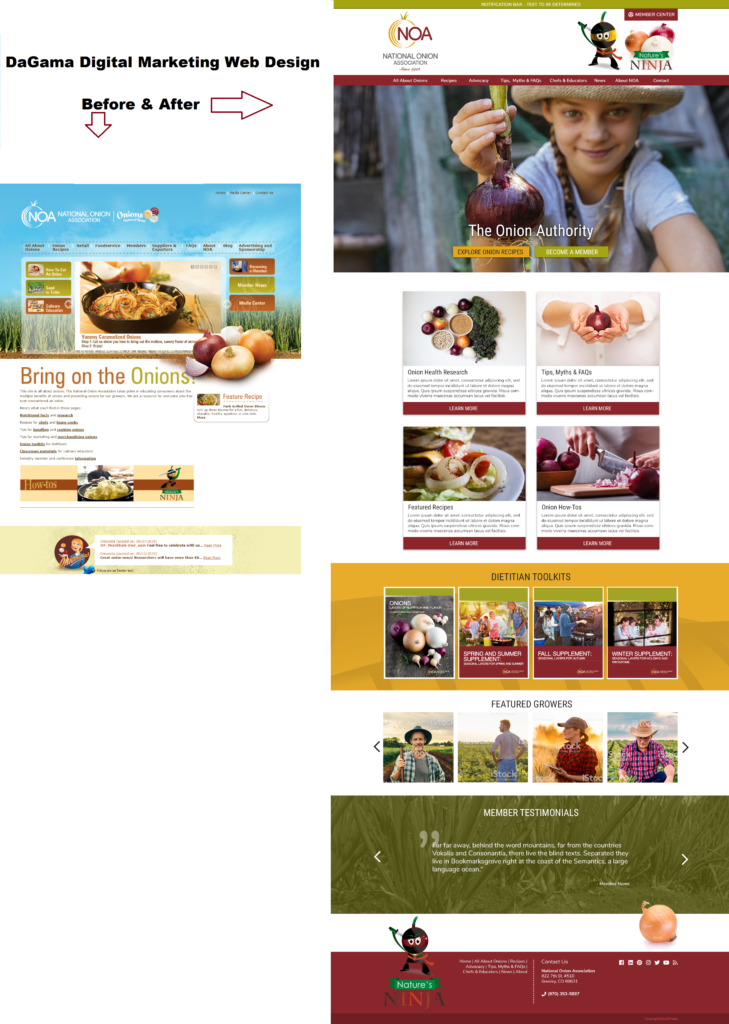If you had a retail store, you’d make sure your store was sparkling clean; your products were stocked and easy-to-reach; and you’d make sure all the aisles were navigate through, right? You’d do all this preparation before you advertised your grand opening, right? You’d take care of the details that would make your customers happy, like having plenty of properly trained/friendly staff; an easy check-out process and you’d also heavily promote the thing you wanted people to buy the most of, right? Read our blog post: Create Your Best Web Site Ever: Follow A 3-Step Plan so you’ll succeed.
The same concept applies to your Web site: before you make start bringing in a lot of traffic from the Web, you want to make sure your Web site is in tip-top shape and can successfully convert that traffic from “looky-lou’s” and “tire-kickers” into paying customers and raving fans.
Unfortunately, many Web site owners, from the entrepreneur to the huge corporation, fail to grasp this concept and end up wasting thousands of dollars on a pretty Web site that doesn’t work.
Think of your Web site as a digital salesperson, greeting, informing and directing visitors to the “point of purchase.” The point of “purchase” can be for something other than a product or service; it could be to contact you; make a donation; to subscribe to your newsletter; to fill out your survey; to download your E-book or some other “buy-in”.
Your Web site can work for you like a whole team of properly trained people, only instead of an 8 hour shift, your site can work twenty-four hours a day, seven days a week and doesn’t need a lunch break.
How can your Web site work for you and convert visitors into customers just like a real live team of well-trained employees would do? It’s all in the planning. The pretty stuff comes later. If you want your Web site to work for you, you need to cook the ingredients in a certain order: prioritize the information architecture and copy writing over the design of the look-and-feel. The design is important but all too often Web site owners want to begin with the way it will look rather than the way it will sell.
Step One – Create a plan with strategy. Properly plan and execute how to help those potential customers coming into your website. Decide on who your audience is and what calls-to-action they’ll need so you can make it simple for people to know what you want them to do. Decide on your strategy so you can get good results. Sounds simple but lots of people overlook this most important step. They rush the process instead of taking time to plan the most important part of their business.
Step Two – Wireframes: Just like a sculptor would create the wireframe before adding the clay, you should create the wireframe of your Web site pages before adding words, color and detail, which will later be shaped (written, designed and programmed) into a final form. You can do this yourself on paper: map out the goal of every page before you get your copy professionally written by a Web-experienced writer. Decide who you’re talking to (Who are your markets? What information will they need in order to make a decision to buy now?) and organize your information accordingly. Be sure to include a call-to-action on every page and an easy purchase process or easy way to contact you. Knowing how to create a Web site that’s a marketing tool and not just a pretty thing to look at is crucial if you want your business or organization to succeed online.
Just as the retail store owner stocks her shelves and trains her staff before the grand opening of her store, you need to anticipate what your Web site visitors will need before they arrive at your site. Provide the information they need right away. Don’t rely on your navigation menu to guide them around your site–be sure to put text links in your copy to lead them, like taking them by the hand, up and down your “aisles” or in this case, your Web site pages. The thing you want them to buy or do or take action on should be featured so they can’t overlook it. Be authentic. Be trustworthy.


